PARIS — Safran Electronics & Defense CEO Franck Saudo spoke to Defense News at the Paris Air Show last week about the changing battlefield and use of AI, as well as areas of future growth. Safran is Europe’s biggest supplier of military optronics and inertial navigation systems.
Saudo noted two mega trends in defense, one being rising defense budgets with a new emphasis on European sovereignty, and the second the transformation of the battlefield, including greater battlefield transparency, widespread electronic warfare and new objects such as drones.
On the changing battlefield
Syria “really was the conflict where we saw GNSS-denied environment and contested electromagnetic spectrum, for communication or GPS access,” while Nagorno-Karabach “was a swarm of drones. And I would say Ukraine is the fusion of both conflicts, adding the return of the war of attrition, which is really particular to Ukraine.”
One element of the transformation “definitely is the transparency of the battlefield, between the sensors on the ground, in the air, in space, doubled by open-source data from social networks.”
“This is really what I would say a transformation of the defense demand. On the battlefield, out of the transformation of the battlefield, we have new objects appearing. Drones are one of them, loitering munitions. They require a different trade-off between technology and needs, and cost efficiency.”
“Does it mean big programs are off the table? Of course not. Look at the U.S. NGAD Next-Generation Air Dominance, look at the CCA Collaborative Combat Aircraft. Look at the Golden Dome. We are not saying at all that big programs of record are off the table, but what we are saying, alongside we have an evolution of defense demand.”
The transformed battlefield requires reinforced protection of existing assets such as tanks, combat vehicles or frigates, for example by adding counter-UAS capability.
Saudo cited frigates in the Red Sea that were initially firing missiles to counter Houthi drones: “Efficient, but not cost efficient.” Safran equipped French frigates with a Paseo XLR electro-optical sensor to see drone threats at 40 kilometers away, allowing early identification and giving frigates the cheaper option of using their 76 mm cannon rather than a missile.
“Reinforcing the protection of existing elements, and alongside, capacity, building mass and what I would call new defense, meaning objects with a different trade-off in terms of technology and needs and cost efficiency. This is a transformation of the defense demand.”
On supply-side transformation
“We also see a transformation of the supply side with new players, be it startups or commercial players, but also existing players, where to play in the new defense arena it’s all about agility, innovation, shortened cycles, being able to do incremental innovation.”
Safran took four weeks to implement PASEO XRL on the French frigates, developed its Skyjacker counter-UAS system based on GNSS spoofing in six months, and in Ukraine integrated the AASM Hammer precision-guided munition on Soviet-era MiG-29 and Su-25 aircraft in four months. “That’s indeed agility, innovation, which is part of what is required today.”
“When I talk about new defense, agility, innovation, part of it is also market players taking risks.” Saudo said Safran has self-financing products including drones, loitering munitions and infrared binoculars, even as he repeated that programs of record will continue.
“In the current environment, you need financially to be able to invest. The defense market is moving fast, and it’s in transformation. It’s about tech and industry: tech innovation, agility, industry capacity to scale up production.
On defense AI and data
The company’s artificial-intelligence unit employs 250 people, “the biggest defense and security pool of AI professionals in Europe for production AI. Many people are talking about developing AI, research AI. This is not the business of Safran.AI. It’s in production, at the heart of real, combat-proven missions.”
Safran in September acquired Preligens, now Safran.AI, which uses AI to analyze images, video and acoustic signals to identify objects of military interest. Saudo said several armed forces around the world use Safran’s AI products for surveillance and detection.
“What we stand for is an open architecture, meaning capacity for the AI solutions of Safran to be agnostic to sensors and harbor data coming from different sensors. Safran is an equipment manufacturer, so our DNA is at equipment level, and being open to work with the different players.”
“We are really where the mission requires. Part of it is edge AI, so we already have edge-AI solutions for full motion video.” Saudo said the company’s Euroflir 410 electro-optical system or a PASEO sight can typically use edge AI for data treatment.
“It’s also an embarked data hub, a concentrator of data close to the battlefield, which is a second piece. It can be on a frigate, concentrating the different data sources, or on the battlefield, concentrating different sensors.”
“Safran is just an enabler for the armed forces, and then it is for them to decide at which echelon the information sort of circles back, knowing that the beauty of data is it can go in many directions. So you can have sort of short loops, but also longer loops with different level of analysis.”
“What we know out of Ukraine is the importance of decentralizing the decisions. If the armed forces decentralize the action, it requires different level of data concentration and making sense of the data. We do not believe in one size fits all, where all the data goes from the battlefield to a satellite to another satellite, and then down to a big sort of center.”
“It’s for the tacticians to decide the way they operate. All we do is we provide enablers, and because our AI architectures are open, because we have this capacity to have both Edge AI and embarked data hub, we then provide optionality for the armed forces, which enables decentralization where they wish.”
On growth areas
Saudo sees growth opportunities in Intelligence, Surveillance, Target Acquisition and Reconnaissance, with AI-enhanced ISTAR core for Safran “because it’s at the junction of electro-optical and AI.”
A second area of growth is resilient or assured position, navigation and timing. “How do you make sure that thanks to the combination of inertial navigation, GNSS, etc, you are immune to spoofing, to jamming, be it for your munitions, be it for your vehicles, be it for your high-value assets?”
Further growth areas are precision-guided munitions, including the Hammer air-launched weapon and missile seekers, as well as drones and loitering munitions, where Safran produces the Lanner 50-kilogram drone and Warbler loitering munition.
“I would add AI solutions as a stand-alone, because we both embed our AI solutions, edge AI and embarked data hub, but we also provide the Safran.AI open architectures for use to integrators to include as a building block in their suites.”
Rudy Ruitenberg is a Europe correspondent for Defense News. He started his career at Bloomberg News and has experience reporting on technology, commodity markets and politics.
Read the full article here

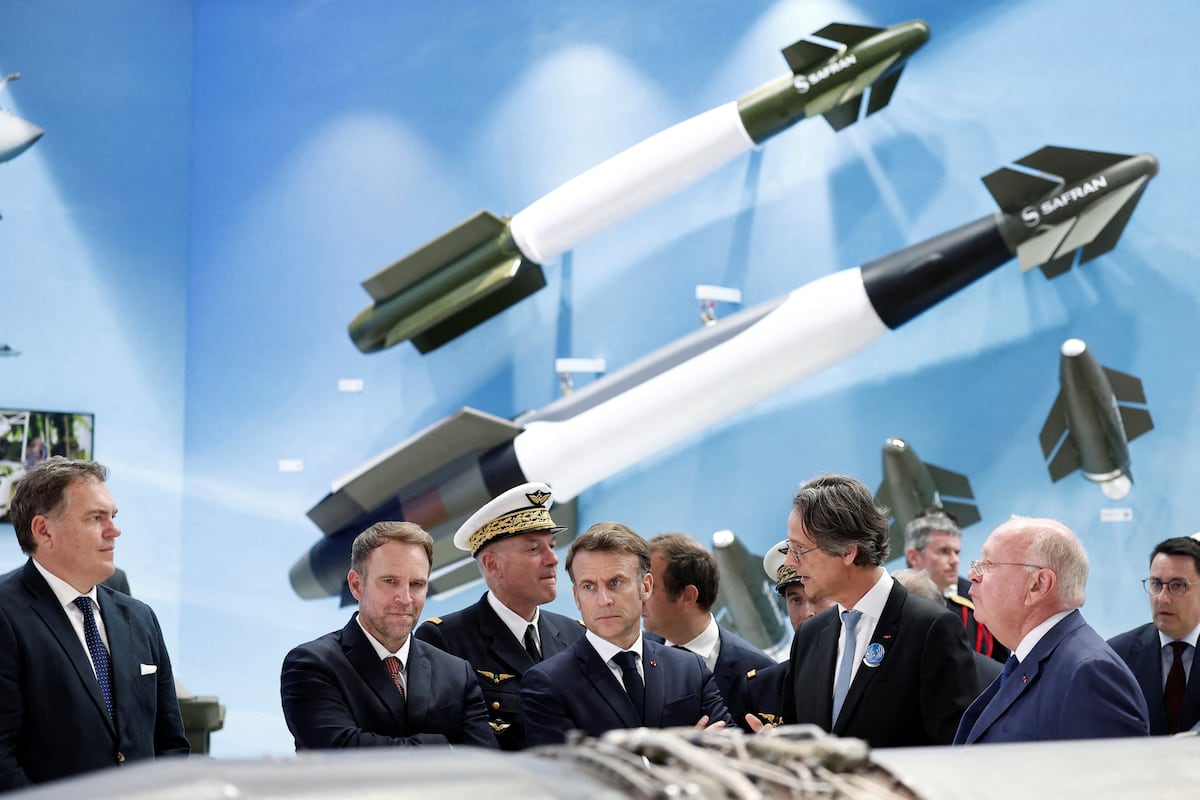
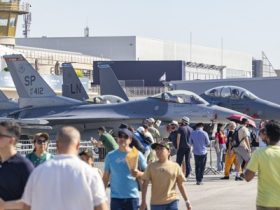


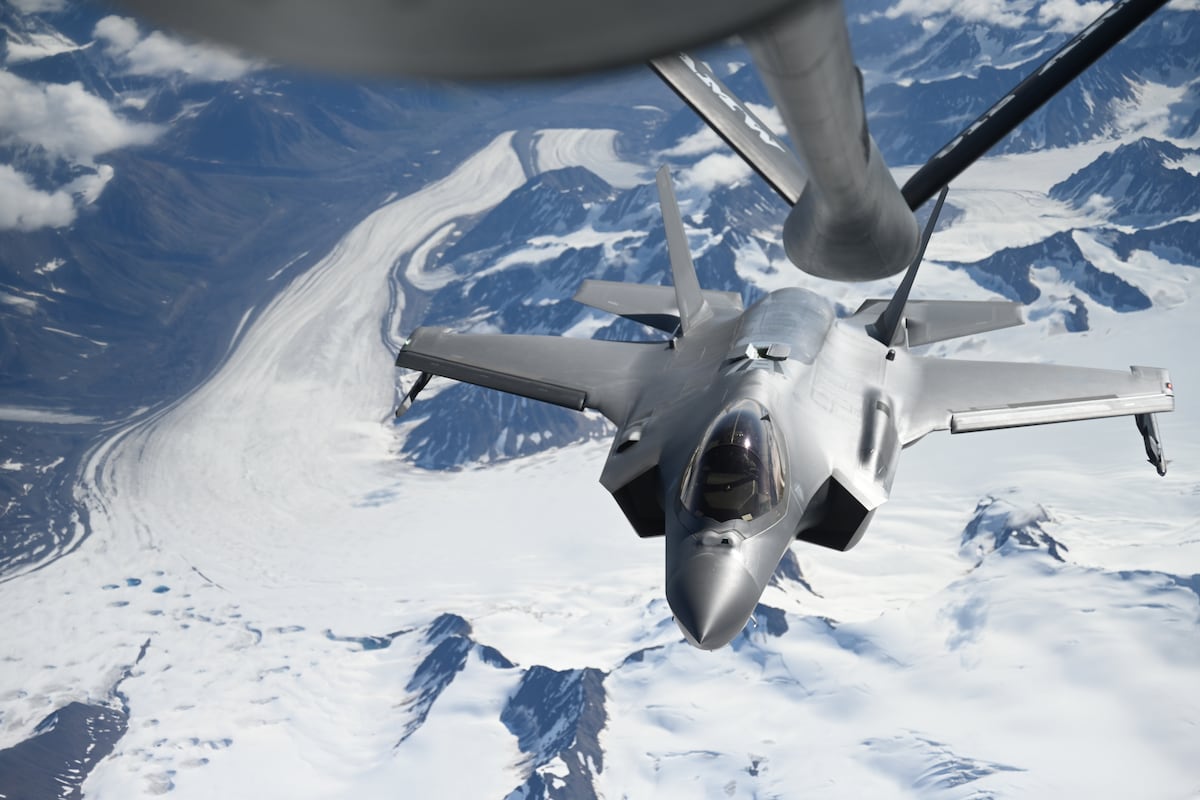
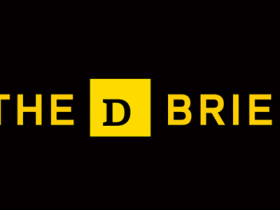
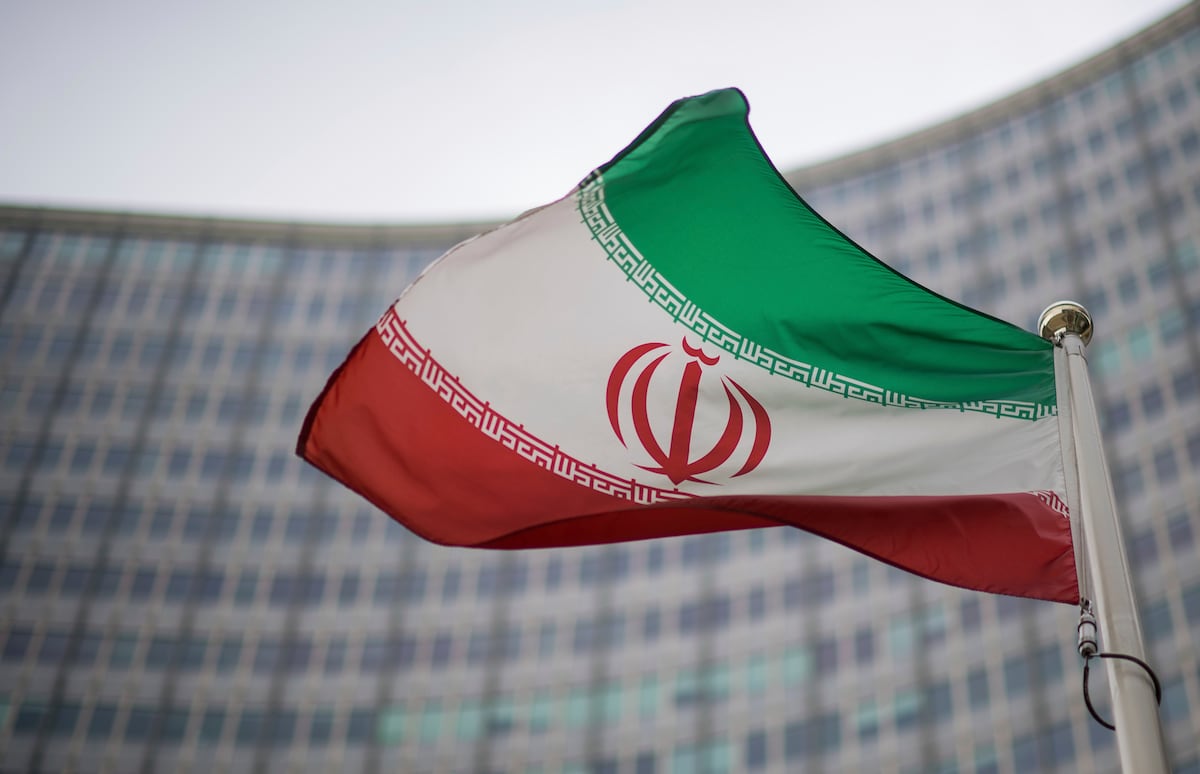
Leave a Reply